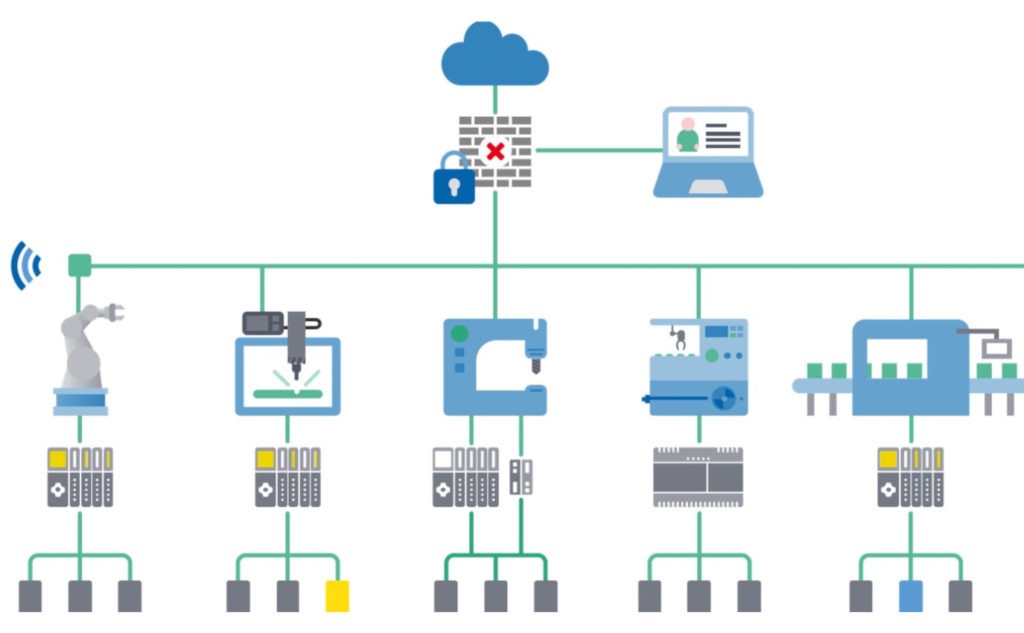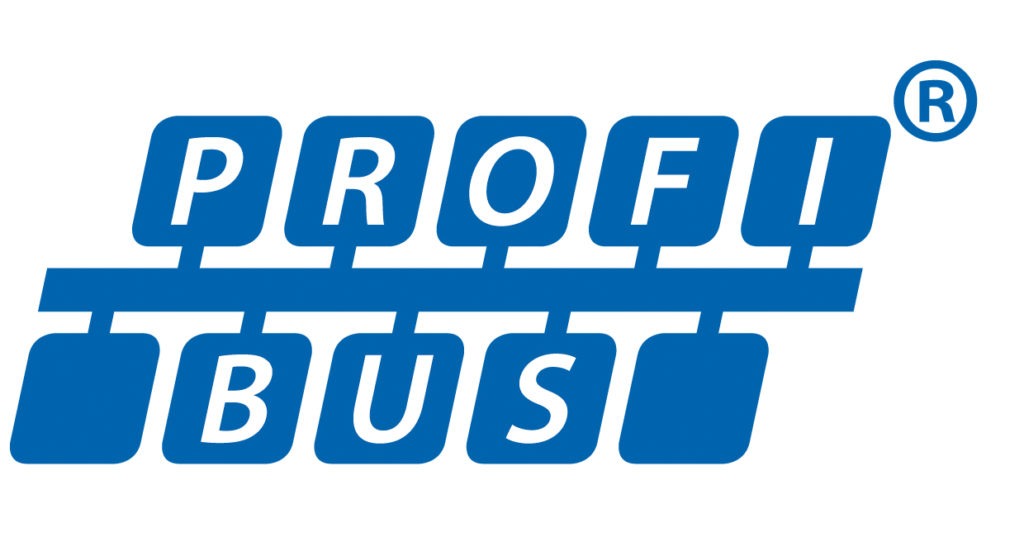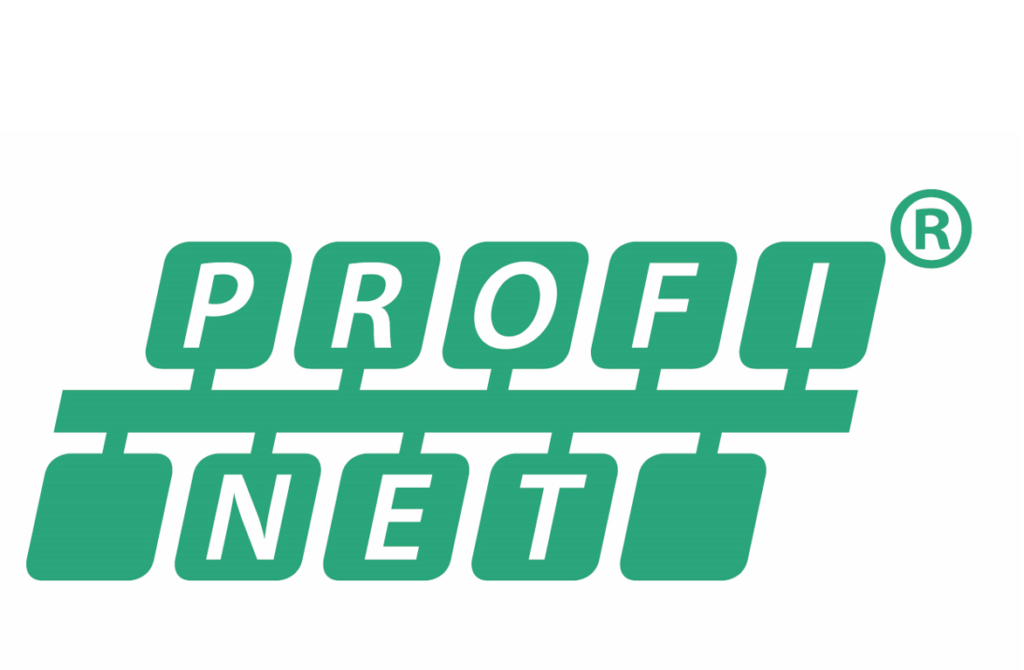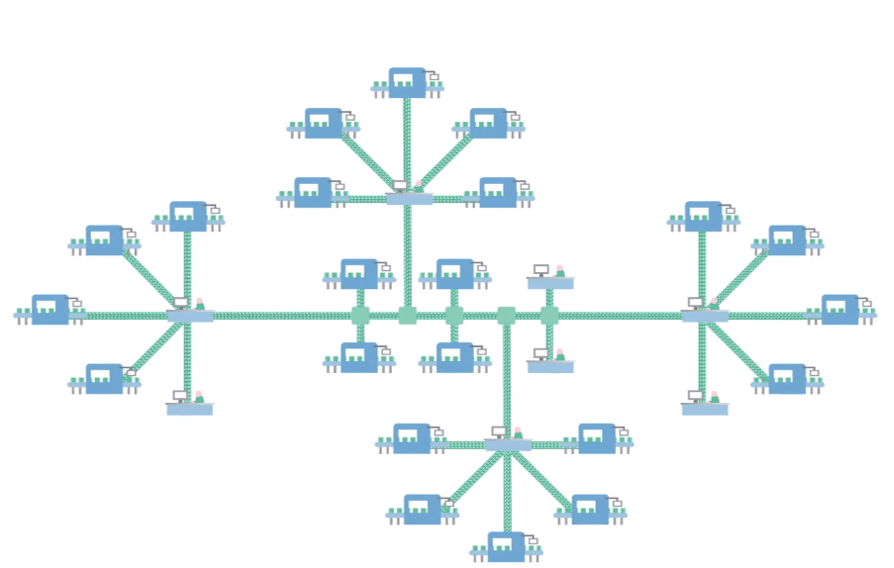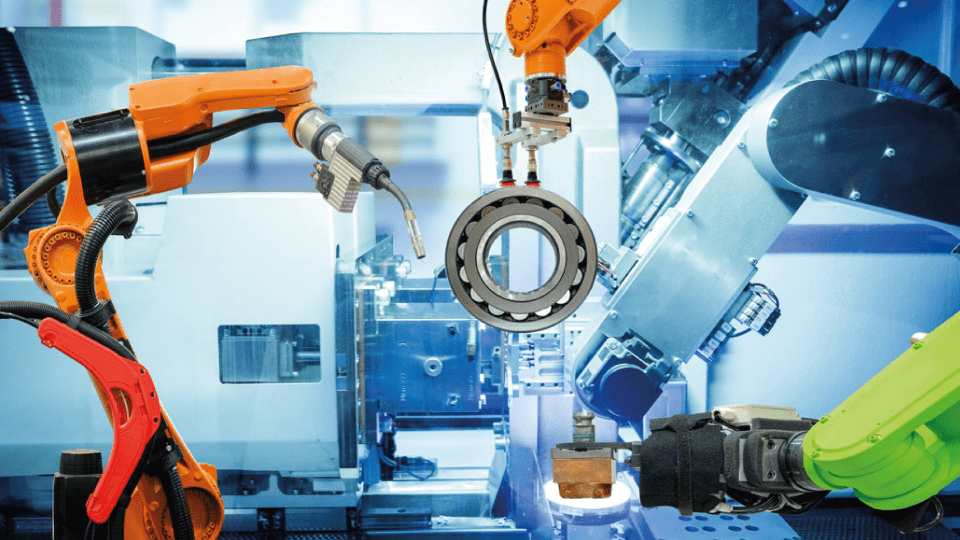How PROFINET Works? A Beginner’s Guide
Are you looking for an introductory lesson in PROFINET? This webinar guides you through the basics of how PROFINET works.
10 Reasons to Choose PROFINET
PROFINET is the leading and most advanced communication protocol for automation. Currently, in 2020, there are over 32 million PROFINET nodes installed. This article contains 10 reasons or highlights to choose PROFINET for your product or automation project. 1.- Flexible Topology and Media With PROFINET, you can implement various topology options such as line, star,…
PROFINET Development FAQ
This month, we hosted a webinar on PROFINET Development: 7 Steps to Develop a PROFINET Device. There are many choices of ways to add PROFINET to an automation device. This webinar gave developers an overview of the seven steps to embed PROFINET in a product. In this article, I will expand on some questions we…
How does PROFIBUS DP work?
The communication basis for PROFIBUS lies in the cyclic data exchange between PLCs (masters) and devices (slaves). PROFIBUS components communicate using the PROFIBUS DP (Decentralized Periphery) communication protocol, which is the same for all applications and which allows cyclical and acyclical communication. The core of the communication process of PROFIBUS DP is the master-slave method….
IO-Link
IO-LInk Technology IO-Link is the first I/O technology for communicating with sensors and actuators to become an IEC 61131-9 international standard. This technology enables cyclic exchange of process data and acyclic exchange of parameter and diagnostic data between a master and its devices. A master can be integrated into an automation system with a fieldbus….
PROFINET vs Ethernet: Definitions and a Comparison
What is the difference between PROFINET and Ethernet? Can you give us a PROFINET vs Ethernet comparison? We get these questions quite often. And they are kind of difficult to answer because PROFINET and Ethernet are complementing technologies, not competing technologies. This short post will illustrate the comparison between PROFINET and Ethernet. Let’s start by…
PROFINET Switch Options and Features
PROFINET offers a variety of possible topologies: tree, line, ring, star, etc. Nearly all PROFINET devices have at least two ports on them, and behind these two ports, there is an integrated switch that allows the creation of line topologies. Star topologies are efficient solutions in some applications, and for that, you have dedicated Ethernet…
PROFINET IRT- Isochronous Real Time
PROFINET employs its first two communication channels: TCP/IP and UDP/IP, and Real-Time (RT) for most data exchange. It employs TCP/IP (or UDP/IP) communications for non-time-critical tasks, such as configuration, diagnostics, and parameterization. And PROFINET RT handles time-critical data exchange. Yet, some industrial applications require faster performance. For those applications, PROFINET employs the Isochronous Real-Time (IRT)…
PROFINET RT: Real-Time Performance
Every industrial network has a unique set of requirements as it must fulfill a variety of different tasks. Some tasks require high-speed synchronized communication. Others are not as time-critical. PROFINET is the world’s most advanced Industrial Ethernet solution. It is a communication protocol to exchange data between controllers and devices. PROFINET can operate in challenging…
PROFINET Optional Features
All PROFINET products are developed according to international standards and certified by PROFIBUS and PROFINET International (PI). Aside from the mandatory characteristics in each PROFINET device, PI defines a list of optional features. The next section covers a brief definition of several PROFINET optional features. The list below is not comprehensive, but it includes the…

